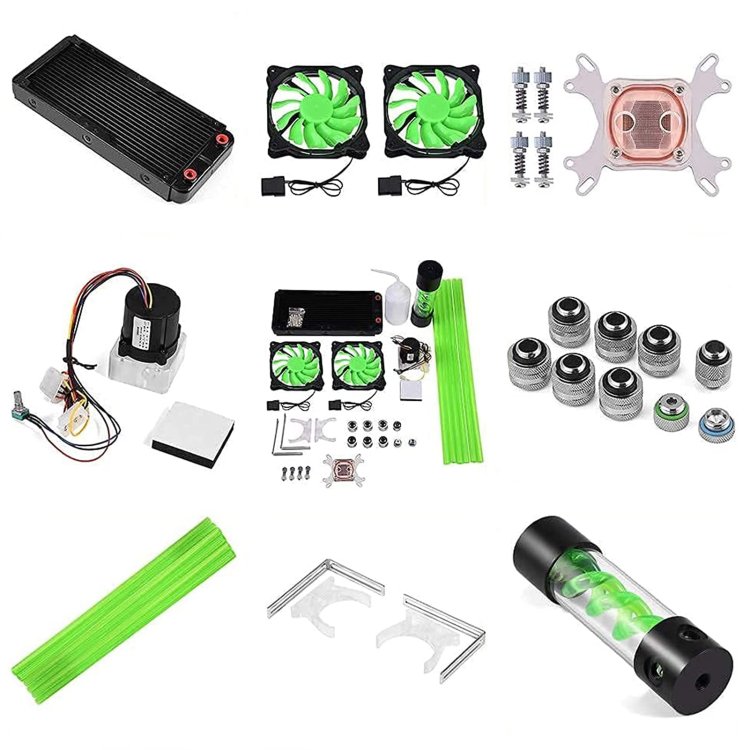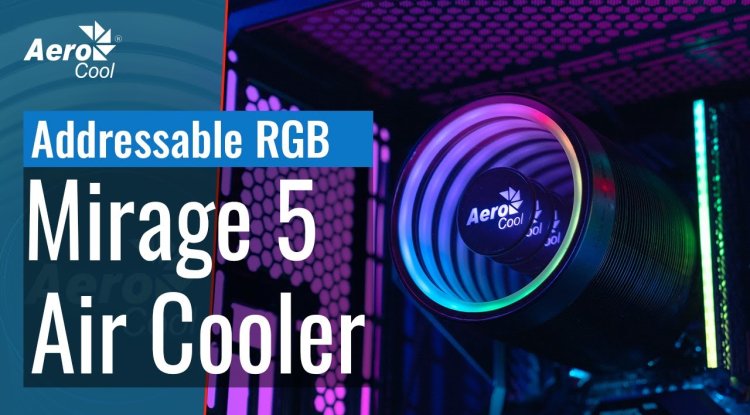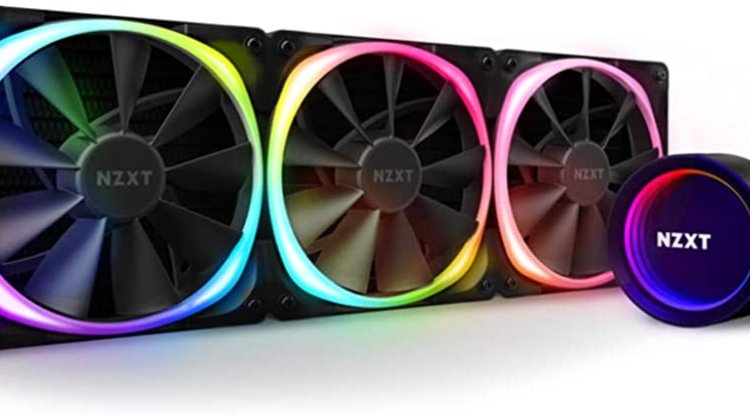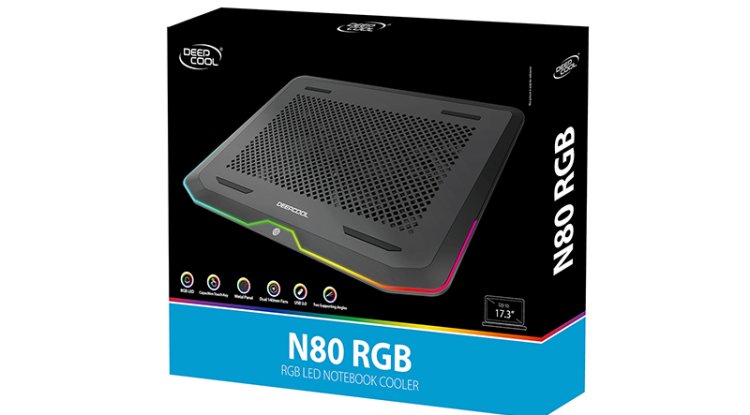Water Cooling Systems for PC: Efficient Cooling for Optimal Performance
When it comes to high-performance PCs, keeping the components cool is crucial for maintaining optimal performance and extending their lifespan. While traditional air cooling solutions are widely used, water cooling systems have gained popularity among enthusiasts and gamers due to their superior cooling efficiency and quieter operation. In this article, we will explore water cooling systems for PC, including their benefits, components, and considerations for installation.

Understanding Water Cooling Systems
Water cooling systems, also known as liquid cooling systems, are designed to dissipate heat generated by PC components more effectively than air cooling solutions. These systems use a combination of water or coolant and specialized components to transfer heat away from the CPU and GPU, ensuring lower operating temperatures and improved performance. Water cooling systems consist of several key components, including a water block, radiator, pump, reservoir, tubing, and fans.
Benefits of Water Cooling Systems
-
Superior Cooling Performance: Water cooling systems offer more efficient heat dissipation compared to air cooling solutions. The higher heat capacity of water allows it to absorb more heat energy from the components, resulting in lower temperatures and better thermal management. This can lead to improved stability and higher overclocking potential.
-
Reduced Noise Levels: Water cooling systems operate at lower noise levels compared to traditional air coolers. The use of larger radiators and slower-spinning fans helps to dissipate heat more effectively without the need for high fan speeds. As a result, water cooling systems can provide a quieter gaming or working environment.
-
Enhanced Aesthetics: Water cooling systems often feature transparent tubing and RGB lighting, adding a visually appealing element to your PC build. The flowing coolant and illuminated components create a striking visual effect that can be customized to match your desired aesthetic theme.
-
Flexibility in Component Placement: With water cooling, you have more flexibility in terms of component placement within your PC case. The compact size of water blocks allows for easier routing of tubing and can help improve overall airflow. This can be particularly beneficial in compact PC cases where space is limited.
-
Longer Component Lifespan: By maintaining lower operating temperatures, water cooling systems can help extend the lifespan of PC components. Cooler temperatures reduce the stress on the CPU and GPU, minimizing the risk of thermal throttling and potential long-term damage caused by excessive heat.
-
Room for Overclocking: Water cooling systems excel in managing the heat generated by overclocked components. Overclocking pushes the performance limits of the CPU and GPU, resulting in higher heat output. Water cooling provides efficient heat dissipation, allowing for more stable overclocks and better overall performance.
Components of a Water Cooling System
-
Water Blocks: Water blocks are specialized components that make direct contact with the CPU and GPU. They contain channels through which the coolant flows, transferring heat away from the components and into the coolant.
-
Radiators: Radiators dissipate the heat absorbed by the coolant. They consist of thin metal fins and tubes, which provide a large surface area for heat exchange. Fans are attached to the radiators to help remove heat from the system.
-
Pump: The pump circulates the coolant through the water blocks and radiators. It ensures a continuous flow of coolant, maintaining efficient heat transfer and preventing hotspots.
-
Reservoir: The reservoir holds the coolant and provides a space for any air bubbles to escape. It also allows for easy refilling and maintenance of the system.
-
Tubing: Tubing connects the various components of the water cooling system, allowing the coolant to flow between them. It is typically made of flexible and durable materials such as PVC or silicone.
-
Fans: Fans attached to the radiators help to dissipate heat from the coolant. They provide airflow over the fins, assisting in cooling the liquid.
Also Check Greathtek 2-Port HDMI KVM
Considerations for Installation
-
Compatibility: Before investing in a water cooling system, ensure that it is compatible with your PC case and components. Check the dimensions of the radiator, the available space for mounting, and the compatibility with your CPU and GPU sockets.
-
Maintenance: Water cooling systems require regular maintenance to ensure optimal performance. This includes monitoring coolant levels, cleaning the components, and checking for any leaks or blockages.
-
Installation Complexity: Installing a water cooling system can be more involved compared to air cooling. It requires careful installation of components, routing of tubing, and proper sealing to prevent leaks. Consider your technical skill level and the time required for installation.
-
Budget: Water cooling systems can be more expensive than traditional air cooling solutions. Consider your budget and weigh the benefits of improved cooling performance against the cost of components.
In conclusion, water cooling systems provide efficient cooling for high-performance PCs, offering superior heat dissipation, reduced noise levels, enhanced aesthetics, and extended component lifespan. However, they require careful consideration in terms of compatibility, installation complexity, maintenance, and budget. By investing in a well-designed and properly installed water cooling system, you can ensure that your PC runs cool, quiet, and at its peak performance.





































